Governments worldwide may be struggling to contain new waves of the Covid pandemic, but the real problem may be the malignant, fast- spreading green disease, which involves the afflicted proposing wild new multi-billion dollar schemes.
Border closures and hotel quarantine rules are of little use in fighting this disease with Australian sufferers proving just as enthusiastic as those in Europe in finding ways to waste money for the climate cause.
A case in point is a project proposed by the Asian Renewable Energy Hub, a consortium of companies in the renewables industry, which involves spending $A51 billion on solar and wind farms spread over a large area near Eighty Mile Beach (between Port Hedland and Broome) on the West Australian coast. The green energy projects to be spread over that area will, at least in theory, eventually produce up to 26 gigawatts of electricity for storage in hydrogen which will then be shipped off to energy hungry customers hopefully in Japan and Korea.
The minor problem of shipping hydrogen in any quantities not yet being economically feasible, if it ever will be, is waved away with the proposal to use ammonia as an interim means of storing energy. Then there is the problem of finding someone who might want to buy this ammonia or hydrogen, outside of a handful of government-funded pilot projects. In reporting on the project BloombergNEF (for New Energy Finance) at least had the grace to admit that ‘securing buyers may also be a challenge, at least in the near term’.
Press releases note that investment negotiations are confidential and that a final investment decision will be made in 2025. By then the proposal would have been forgotten and the project will be quietly dropped, but not before consultants have taken their fees.
Media coverage of an on-going $22 billion project for exporting green power from the Northern Territory to Singapore through a sub-sea transmission link similarly says much about the project itself but little about whether the Singaporeans or Malaysians might want to buy the electricity being sent to them.
Another proposal reported in October and likely to vanish after a few press releases is for a $700 million electric vehicle manufacturing hub in Moss Vale, south of Sydney, which includes, among its list of supporters, Rich Lister and Sydney Roosters chairman Nick Politis.
Electric cars are undoubtedly the subject du jour but the market in Australia is tiny – just 6,718 fully electric (EV) and plug-in hybrid (PHEV) cars were sold in 2019 according to the Electric Vehicle Council. This is triple the number for the previous year but less than 1 per cent of the market which shows a marked and ongoing shift away from passenger vehicles into SUVs. In any case, the market niche is already well served by products from long established manufacturers, such as the Renault Zoe, the Hyundai Ioniq and the Nissan Leaf.
Another problem is that the realities of trying to make cars in Australia would have changed little since Ford and Holden (General Motors) announced they would stop making cars in Australia in 2013. At the time those manufacturers estimated that the cost of making a car in Australia was twice that of making them in Asia and 50 per cent more than in Europe for a host of reasons, only one of which was high wages in Australia.
Plenty of other green, feel-good projects have been announced with much fanfare only to be later dropped. One such was the solar tower project involving energy storage through molten salt put forward by American group SolarReserve, which won a tender from the South Australian government in 2017. Despite a promise of $110 million in taxpayer money from the federal government, and much publicity at the time, the 150 MW project could not attract the necessary finance and was abandoned in 2019.
A South Australian company, 1444 Degrees, has since announced it will use the site to test its technology for storing power and heat in molten silicon.
As noted, the green disease is also virulent in Europe. In early October UK Prime Minister Boris Johnson declared that all homes in Britain would be powered by wind farms, mainly offshore, within 10 years as part of a plan to make the country carbon neutral by 2050.
However, the same announcement to the Conservative party conference also included a promise of £160 million ($A290 million) worth of spending to upgrade ports and factories for building the turbines for the mass of new wind farms that will be required. The aim is to create 2,000 manufacturing jobs through the policy. In other words, utilities will be forced to buy electricity from offshore wind turbines in order to create jobs, with the job creation process being assisted with additional helpings of taxpayers’ money.
Encouraging job creation by reducing business expenses, including the cost of electricity, does not seem to be on the agenda.
To make matters worse for Prime Minister Johnson’s announcement, in the same week the UK papers uncovered a bizarre scheme in Northern Ireland which resulted in entrepreneurs setting up whatever clapped-out wind turbines they could lay their hands on to claim enormous payouts. Although only in Northern Ireland, the scheme is eventually expected to cost UK consumers £1.4 billion.
Activists respond to all of this with claims that electricity generated from offshore turbines that have to be built to withstand Atlantic gales and regularly serviced even though they may be some distance from the shore, is somehow cheaper than power from conventional sources. But there is now considerable operational experience with the integration of renewable energy into power grids worldwide and the evidence is that such energy leads to much higher, not lower, power prices.
The green disease also has much of the US in its grip. In late September, the founder of electric truck company Nikola (the last name of famous scientist Nikola Tesla was already being used by another company) resigned when it was revealed that an electric truck it is developing filmed in motion for a promotional video did not have a working engine. The truck had been towed up a hill and then been released to be filmed while coasting downhill. Both the US Securities and Exchange Commission and Federal Justice Department are investigating.
There is no vaccine against this green madness, and physical isolation of the afflicted will do nothing. They can still talk on their phones. The real victims will be taxpayers and the hapless consumers of electricity.
Got something to add? Join the discussion and comment below.
Get 10 issues for just $10
Subscribe to The Spectator Australia today for the next 10 magazine issues, plus full online access, for just $10.
Mark Lawson www.clearvadersname.com
You might disagree with half of it, but you’ll enjoy reading all of it. Try your first month for free, then just $2 a week for the remainder of your first year.

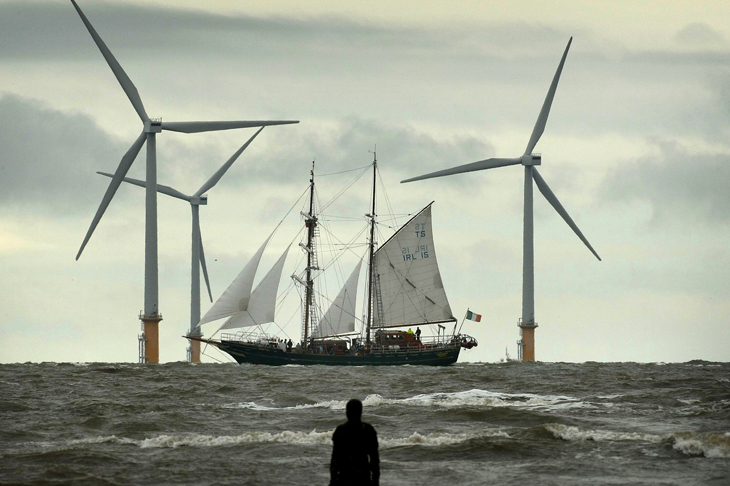
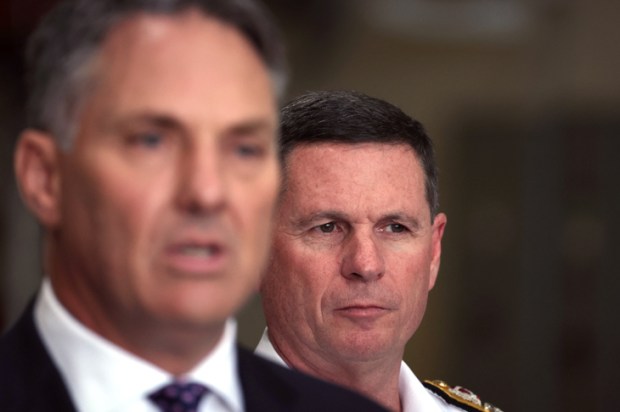
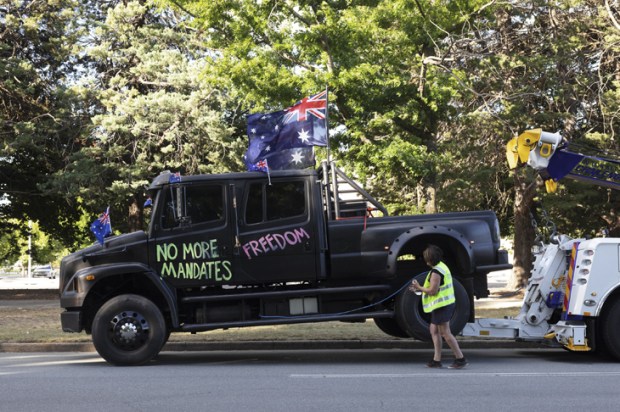
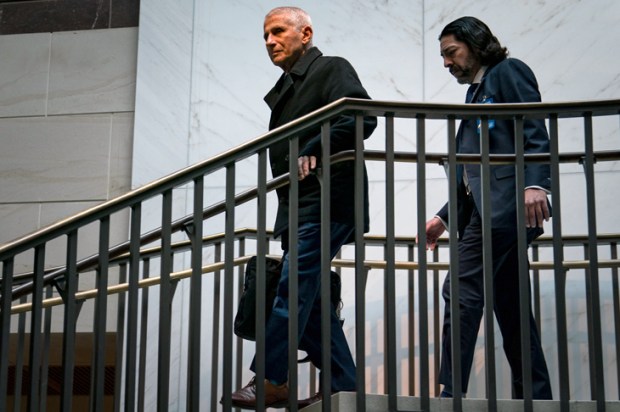
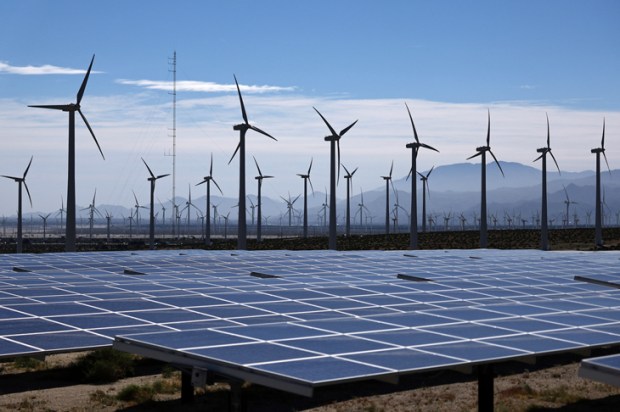








Comments
Don't miss out
Join the conversation with other Spectator Australia readers. Subscribe to leave a comment.
SUBSCRIBEAlready a subscriber? Log in